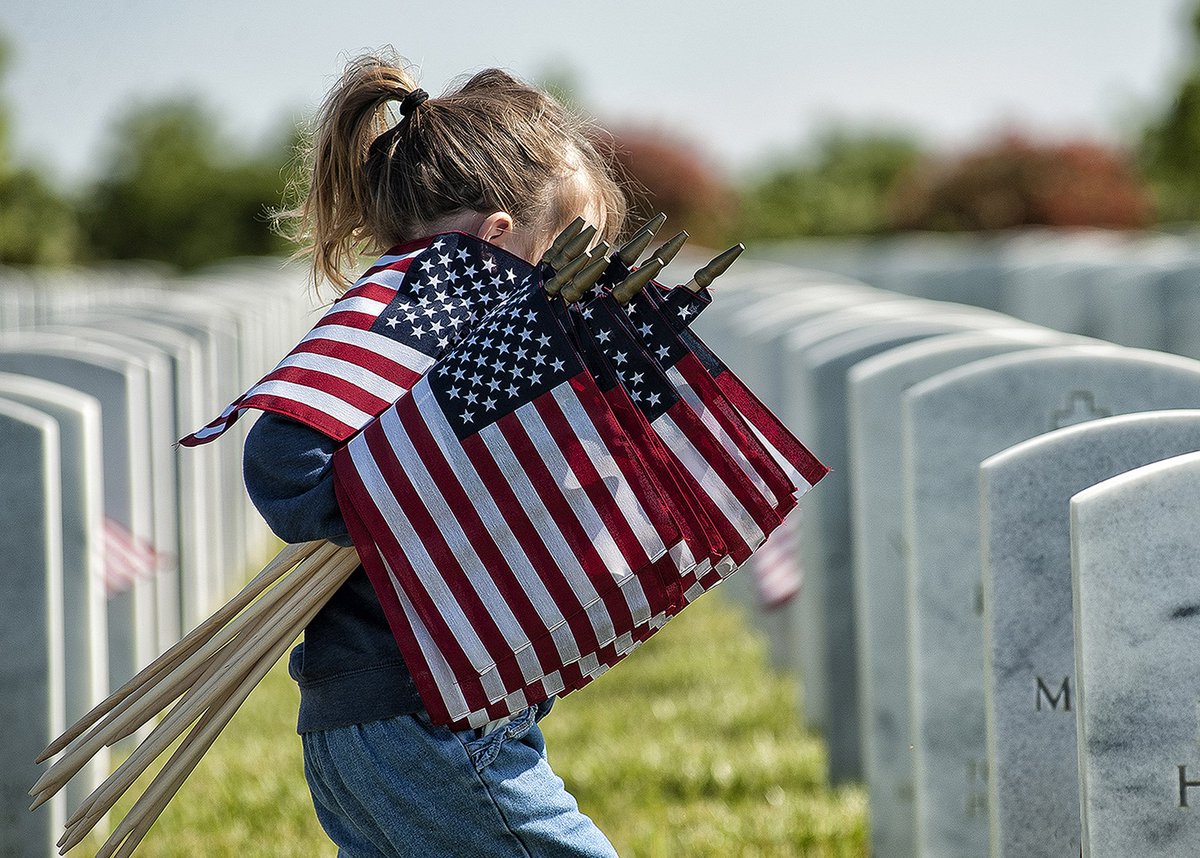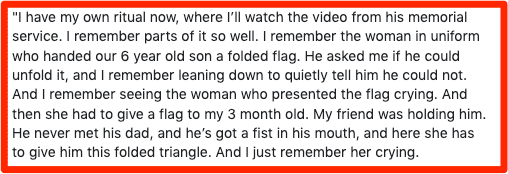For years, especially since the age of social media, people all over the country have yet to learn or understand the meaning of both Veterans Day and Memorial Day.
Both holidays are over a hundred years old, so you might wonder why so many people are still getting it wrong. We are here to set the record straight and ensure that our service members are honored in the way they deserve.

Stop Saying “Happy Memorial Day”
A 2017 post from the Facebook page “Humans on the Homefront” went viral. It told the story of a woman who left the salon cringing through a half-hearted smile after the receptionist wished her a “Happy Memorial Day.”
The truth was her husband had been killed serving his country when the helicopter he was on crashed just eight months into his deployment. So, to her, there was nothing “happy” about Memorial Day. And that’s where many Americans go wrong with this much more somber national holiday.
Often, America is washed over with department stores throwing a “Memorial Day Sale Event” and car dealerships tying red, white, and blue balloons to their cars in massive bundles while slashing prices and running obnoxious ads all over radio and television.
But all those businesses taking advantage of the long weekend paint a picture that masks Memorial Day’s real meaning.
A tweet from the Department of Veterans Affairs reveals the significance behind this national holiday – and why you will never want to wish someone a “happy” Memorial Day ever again.
“Memorial Day is a day to remember and honor courageous men and women who sacrificed their lives to serve our country.”
An excerpt from the widow’s story we discussed earlier explains the reality of many people’s Memorial Day.

Memorial Day was originally marked as a national day set aside to decorate fallen soldiers’ graves with wreaths, flowers, or flags to indicate that their sacrifice will never be forgotten—no matter how many years pass.
Veterans Day was formerly called Armistice Day.
A pivotal end to World War I, some of the largest hostile activities ceased in 1918 – on the 11th hour of the 11th day, in the 11th month. The exact moment the Armistice with Germany went into effect.
Now, over 100 years later, the date has remained the same, but from 1954 onward, it has been known as Veterans Day. This day is set aside to honor every single veteran who has served our country.
In honor of #VeteransDay, students in @TAMU_LSF placed 8,000 American flags in Academic Plaza to support and raise awareness for veteran mental health. 🇺🇸 #tamu pic.twitter.com/QkiDtvkL17
— Texas A&M University (@TAMU) November 13, 2018
November 11th was marked as Veterans Day for the first time in 1919 by U.S. President Woodrow Wilson. It is often marked by celebrations of service, including the sharing of photographs, community get-togethers with veterans, and banners sharing our nation’s gratitude for the service of these brave men and women.
It is a mistake to confuse Veterans Day with Memorial Day. Their meanings are significant in their own ways, and each deserves its own time and place to be honored.
All of our veterans and fallen soldiers deserve the respect of all Americans. We should take the time to learn the difference between these holidays and make an effort to honor them appropriately.
RELATED: Country Singer Performs At 6 Funerals For Service Members Killed In Afghanistan
Please take a minute to watch the news report below about these holidays, and then send this article to a friend who needs to know their meanings.
We thank all our veterans for their devoted service to our wonderful country and honor those who have fallen while serving on this Memorial Day.



